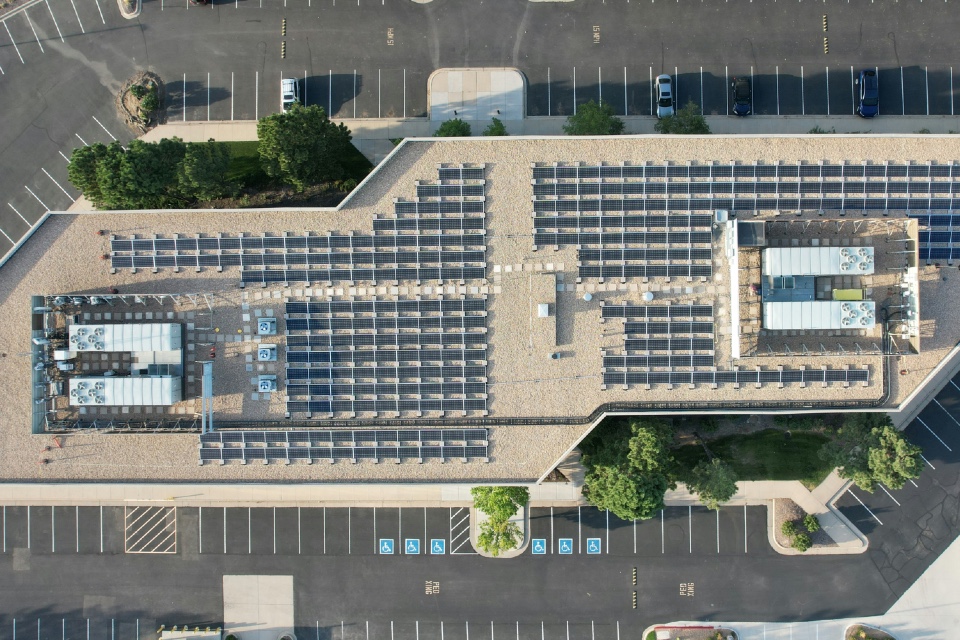As the education sector steps up its climate ambitions, procurement teams in schools, colleges, and universities are rethinking the environmental impact of the furniture that fills their classrooms, lecture halls, and shared spaces. This year, the focus for many leaders attending the Education Forum is squarely on low-carbon, circular solutions that support long-term sustainability goals without compromising quality, safety, or cost-effectiveness…
Low-carbon furniture procurement begins with materials. Institutions are increasingly prioritising suppliers that offer FSC-certified timber, ensuring wood products come from responsibly managed forests. At the same time, demand is growing for desks, chairs, and shelving made from recycled plastics, metals, and composite boards that minimise virgin resource extraction and embedded carbon.
But it’s not just about what the furniture is made from, it’s also about how it’s made. Suppliers with low-emission manufacturing processes, including the use of renewable energy in production and water-based adhesives or finishes, are gaining an edge in public and private sector tenders. The ability to provide transparent lifecycle data and Environmental Product Declarations (EPDs) is now considered a key differentiator.
Durability and modularity are also critical to extending product lifespans and reducing waste. Procurement teams are seeking out ranges that are not only hard-wearing but also designed to be repaired, reconfigured, or upgraded over time. For example, chairs with replaceable legs or upholstery, and desks with swappable tops, offer flexibility and reduce the need for full replacements as needs change or damage occurs.
Circular economy practices are becoming embedded into the furniture procurement process. Increasingly, educational estates are working with suppliers who offer take-back schemes, remanufacturing options, or leasing models. These solutions not only keep furniture out of landfill but also support net-zero carbon goals by enabling reuse and reducing overall consumption.
Sustainability credentials are no longer a bonus: they’re part of the core tender criteria. Furniture suppliers are expected to demonstrate compliance with ISO 14001 environmental standards, produce carbon footprint data, and support local or regional supply chains to minimise transport emissions. For publicly funded institutions, adherence to UK Government Buying Standards and Social Value requirements is also essential.
Beyond compliance, however, is a growing desire among education leaders to use procurement to lead by example. Furniture is a visible, everyday reminder of a school or university’s values, and when it reflects principles of circularity, low waste, and ecological responsibility, it sends a powerful message to students, staff, and the wider community.
In short, choosing sustainable classroom furniture is a strategic decision that impacts budgets, carbon footprints, and the learning environment for years to come.
Are you searching for Buildings & Furniture solutions for your school, college or university? The Education Forum can help!
Photo by Brianna Lengacher on Unsplash







